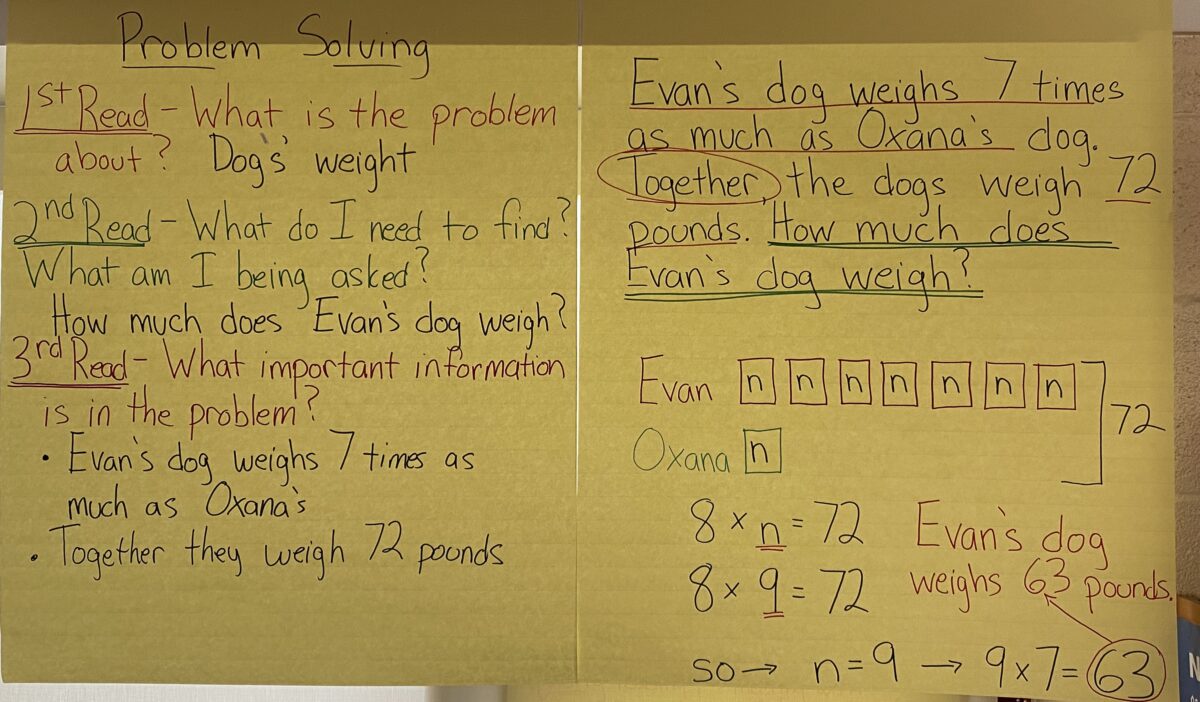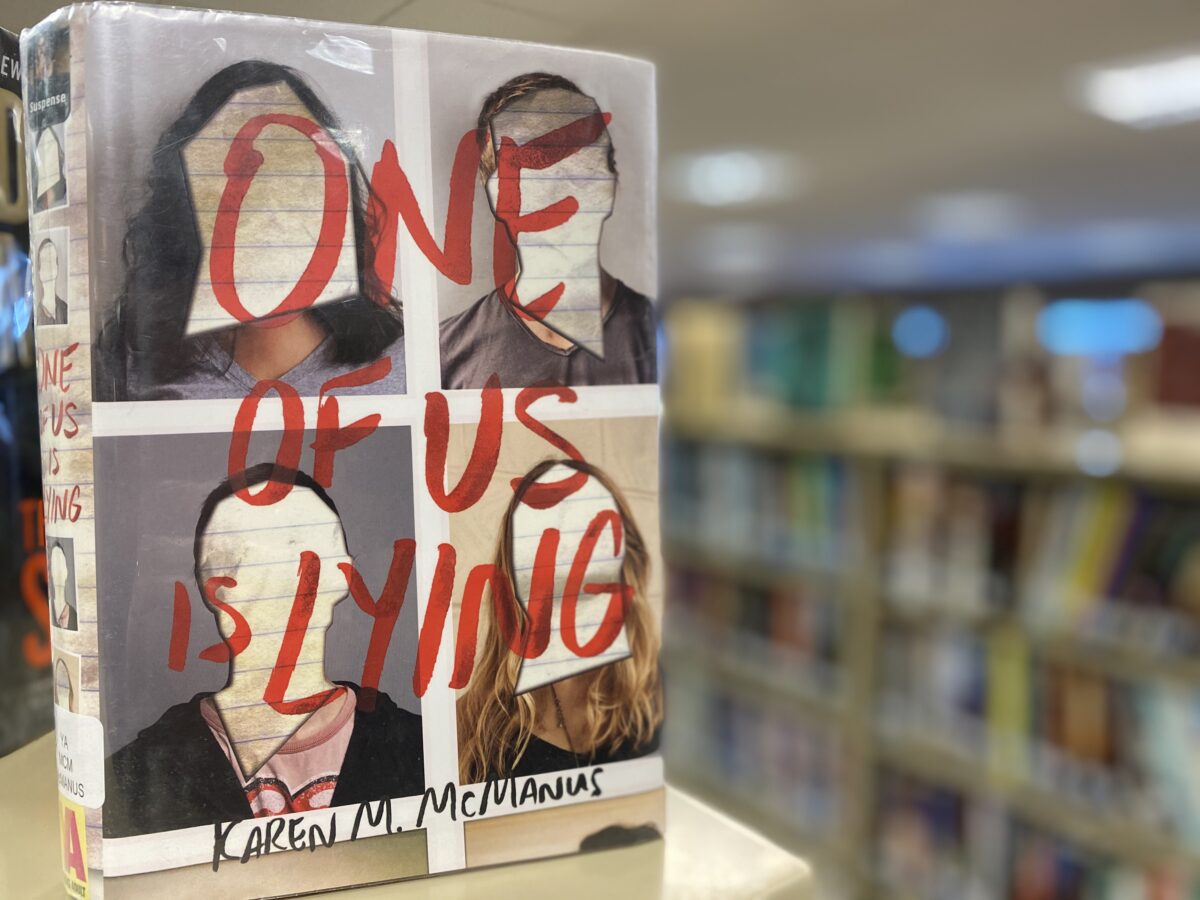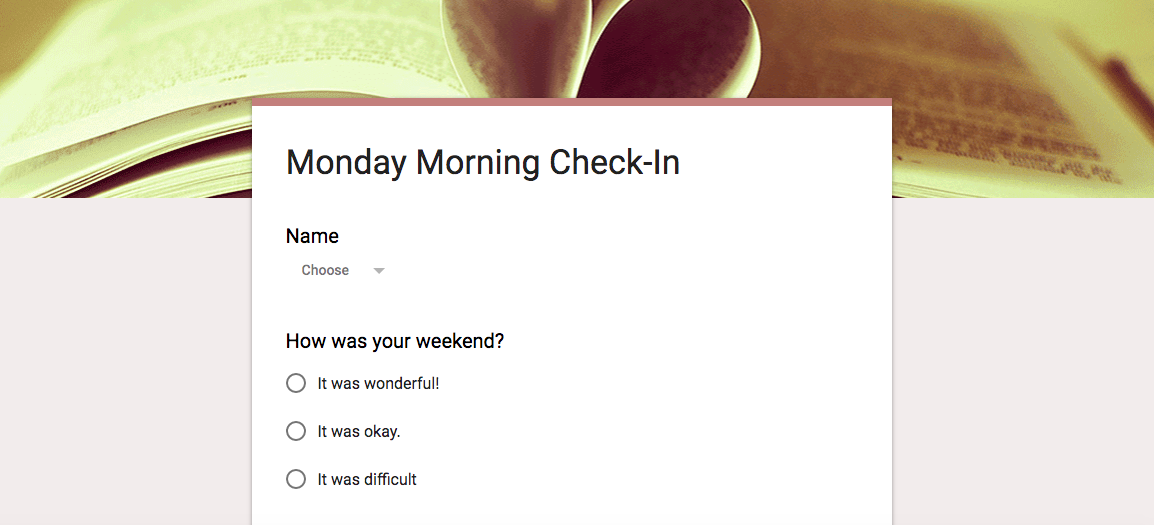Saturdays are my time to reflect on what I read, heard, and discussed throughout the week. It is my “exit ticket” for the last seven days. So here are three ideas that made me think this week. (They are not in any particular order.)
1 – This is an older post from Angela Duckworth , but I found it so wonderful. It is easy to forget that extraordinary writers have to work extremely hard at their craft. Duckworth shared a picture of edits Pulitzer Prize winning author Robert Caro made to one of his manuscripts. What a powerful image for a young write to see!
2 – My graduate school advisor used a term that I will never forget – misplaced empathy. Misplaced empathy is when expectations are unnecessarily lowered for students in a group which typically does not perform at a level of their peers. (This is often done by a teacher with good intentions.) I was reminded of that conversation when I read the article “How Our Language Feeds Inequity” by ASCD. The authors discuss inevitability assumption which is the “belief that some students will succeed and others will not, simply because that is how it has always been.” This article is a fascinating read about how our perceptions and language affect our students and their performance in school.
3 – This last one just brought a smile to my face. It is a video of two boys playing in the mud. They are living their best lives and don’t seem to have a care in the world. It shows how the simplest things in life – a mud hole in this case – can bring great joy to our lives. A reminder I need every now and then.




